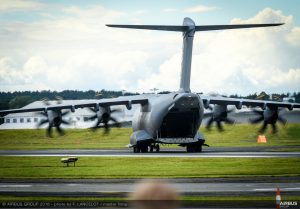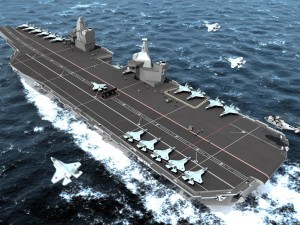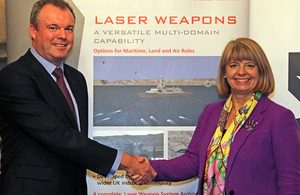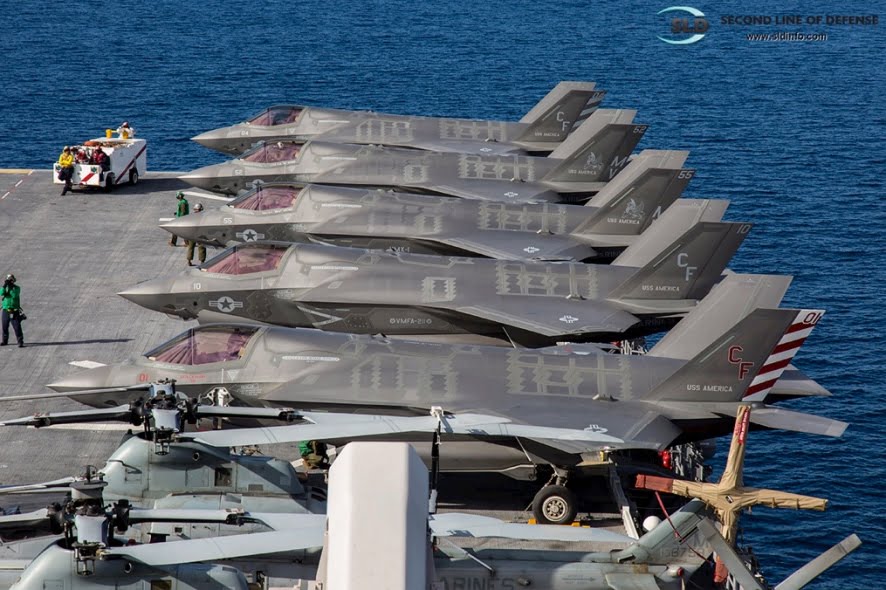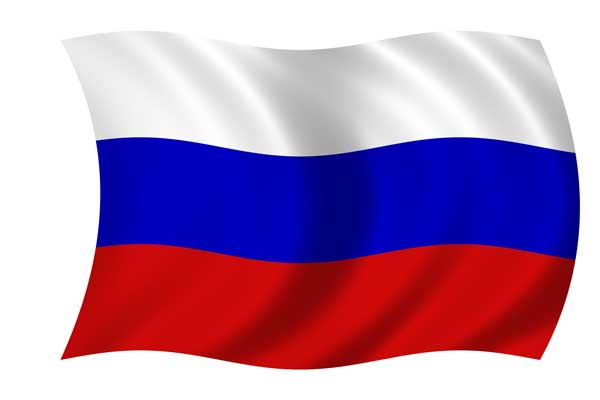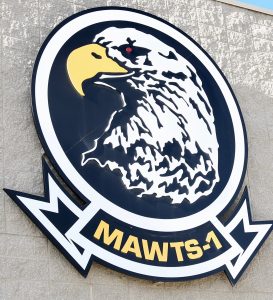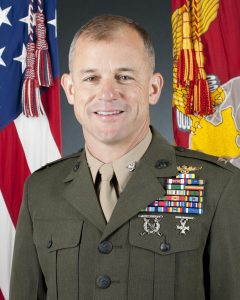2017-01-03 By Danny Lam
The seizure of a USN Drone operating 50nm northwest of Subic Bay operating in International waters of South China Sea (SCS) highlights the evolution of PRC policy and reflects a way ahead. The drones and its tender USNS Bowditch were well away from any PRC claims and beyond the 9 dash line. This act could be viewed as piracy on the high seas by the PRC regime’s navy or alternatively, as the logical extension of PRC policy toward the SCS.
Appeasers have called for this incident, like the armed island building activities, to be overlooked and called for broad concessions to the PRC in order to secure freedom of navigation in the area.
The question with this approach concerns the PRC’s intent and long term plans, and whether concessions will do any more than what was achieved under the Obama and GW Bush Administrations.
Viewed in historical context dating back at least back to the 2001 Hainan Island incident, where a USN EP-3 and an intercepting Chinese J-8 fighter collided, it is a gradual, steady, and longstanding policy of expansion of PRC military and para-military presence in the SCS that has been operative at least since the late 1990s.
From this perspective, the only unique factor is the location of the intercept which is outside of any PRC SCS claims, but within the Philippine EEZ. Otherwise, the behavior is consistent with the PRC regime’s past claim that the operation of an unarmed drone collecting hydrographic data from the PRC perspective does not constitute “innocent passage” — the basis upon which USNS Impeccable was harassed in 2001 while operating about 75nm south of Hainan Island.
What is so different about this incident?
Explanations of PRC behavior range from issues like fisheries, mineral rights, nationalism, to protection of the sizable military presence at Hainan Island.
Benign explanations by appeasers suggest that PRC is seeking “face” rather than having ambitions to dominate the area irrespective of the regime’s accession and ratification of UNCLOS.
In theory, all but the military-strategic issues can be resolved within the existing frameworks for sharing of resources and settlement of disputes in regimes like UNCLOS. Military-strategic issues, on the other hand, operate according to the cold logic of defense planners and geopolitical factors. Recall Stalin’s USSR had no concerns about going to war with neutral Finland to secure the flanks of Leningrad before WWII.
What do these factors tell us about the intent of the PRC?
A bathymetric map of the South China Sea shows that much of the western region is shallow, with the deep basin directly northwest of the Philippines at the Manila trench. Topographically, the geography is highly variable with many undersea mountains, valleys and islands that place a premium on detailed knowledge of the terrain for submarines to operate in the area.
It is a great area for a small displacement, long endurance, quiet, stealthy submarine to operate, with fresh water mixing with salt water, tides, thermoclines, and other dynamic features favor the knowledgeable operator.
If the purpose of PRC dominating the SCS is military-strategic-geopolitical in origin, it leads to two explanations: South China Sea as a potential “Boomer Bastion” where PRC’s fleet of Nuclear Ballistic Missile submarines can operate safely under the protection of PLAN surface and PLAAF air cover providing that enemy submarines and ASW units are kept at bay.
The other, not mutually exclusive explanation is that control of the deep basin in the eastern SCS is critical to access the only viable exit to the Philippine Sea, and then Open Ocean for not just SSBNs, but the entire PLAN force including submarines.
Access to the open sea will allow PLAN units, particularly submarines, to play havoc with allied shipping and add an entirely different element to the PRC’s A2/AD strategy.
The area from which the USN Drone was seized reveal that it is in the area defined by the Manila trench that is deep and a good pathway for submarine operations with access to the entire basin of the eastern SCS. It would be next to impossible for the PLAN to secure the SCS as a boomer bastion without securing the Manila trench almost all the way to the Philippine shoreline regardless of international boundaries or UNCLOS.
From this perspective, the violation of international law by the PLAN operating in the Philippine EEZ is a relatively minor consideration compared to the strategic imperative of securing the SCS basin.
The PRC will likely demand the Philippines acquiesce to this in the event of a conflict with the US and allies. President Xi’s New Year’s speech’s uncompromising stance on sovereignty and maritime interests reflected this view.
The greater concern, however, is the gateway to the South China Sea: The Luzon Strait.
Absent the seizure of Taiwan in the near future or the surrender of the Philippines, control of the Luzon Strait will be the only way for the PRC to access the Pacific Ocean beyond the first island chain. There are no other viable exits to the South or West of SCS that do not involve tighter, more easily guarded choke points. But in order to do so, the PRC will have to control at least some, if not all of the islands guarding the Luzon Strait and Balintang Channel.
Batanes and Babuyan Islands are the next objective of the PRC’s strategy to dominate the SCS.
Seizure of territory that is indisputably part of the Philippines will be costly for the PRC. Construction of bases on uninhabited islands in the SCS by reclamation is one thing, but the takeover of populated islands of the Philippines indisputably put the PRC into the category of aggressor akin to the seizure of the Crimea.
The question is what are the interests and motives that will tip the PRC’s calculation to make this move.
The fact is, PRC have so far, gotten away with every move they made in the SCS.
The PRC have invested considerable resources to build a fleet of at least 5 Jin class SSBNs and numerous SSNs and SSKs. Such a fleet, fully armed and operated on war patrols, likely constitute a double digit percentage of the PLAN’s entire budget, and considerably more for the Southern Theater Command (STC).
To date, the fleet have rarely sailed on patrol, and it is not known that they have ever sailed armed with live nuclear weapons.
Utilizing the SSBNs on a bona fide war patrol will require many assumptions about the PRC nuclear posture to be altered. For example, the regime’s assertion that PRC nuclear warheads are stored separately from the launchers is practically unfeasible for an SSBN out on war patrol. Likewise, an armed SSBN lowers the hurdles to altering a “no first use” policy claimed by the PRC.
Contrast this with implementing a nuclear first strike strategy with land based ballistic missile forces, where warheads can be distributed and mounted just prior to intended use. With SSBNs, it is not possible to not deploy warheads not mounted missiles on war patrol.
That leads to the option of arming just prior to sailing: SSBNs used either defensively in a “surge” deployment to a boomer bastion, or for a Pearl Harbor style first strike or the western style deterrent patrols.
SSBNs on war patrol will require some form of devolution of launch authority to the officers and crew of the vessel to a far greater extent than a land based nuclear force. Secure communications with a submerged SSBN is an issue that is critical for a second strike posture unless one were to devolve control to the same extent as UK did with their nuclear deterrent’s “Letter of Last Resort”.
Devolution of launch authority for nuclear weapons to a small group of well-trained officers and crew is never taken lightly in every country that have done so.
What makes the Chinese case unique and different is that this is a far more difficult decision to make that have more likely than not, eluded them ever since the first Xia class SSBN was built in the 1970s.
While it is not publically known whether any or what portion of PRC nuclear forces are on standby for immediate launch, what is known is that there has been no attempt to establish a regular SSBN patrol outside of SCS despite having at least 4 operational Jin class SSBNs as of 2016.
That begs the question as to whether or not the Jin class SSBN building initiative originates from Beijing controlled Central Military Commission and the Rocket Force, or is it a local Southern Theater Command (STC) Initiative?
A parallel question will be who are the drivers behind the development and deployment of JL-2 submarine launched ballistic missiles.
If the current iteration of Jin Class SSBNs is a STC initiative, it is entirely understandable why the Beijing based regime will be extremely reluctant to allow nuclear weapons to be deployed by the STC fleet — no matter how impressive they may appear.
The decision to devolve control would empower the STC, a group that is ethnically, linguistically, and politically distinct from the Central-China / Northern / Shanghainese cliques that have dominated PRC politics since the establishment of the PRC.
Transfer of the command and control of a sea based nuclear arsenal to the SSBNs is potentially as much a threat to the Beijing regime as it is to other nations.
From this perspective, the STC’s initiative in building the Jin Class Submarines in the absence, or at least, ahead of the decision to permit them access to nuclear weapons and ballistic missiles can be seen as a strategy to force Beijing’s hand — by showing how compelling it is to equip the STC with ICBMs and nuclear weapons.
If this is the motive, it would then follow that the STC will be motivated to be aggressive in pushing for the elements to “fall into place” that makes their gambit successful.
To enumerate, the elements will include undisputed control of SCS including exclusion of the US and other Navies, subjugation of the Philippines, and ultimately, breakout into the Second Island Chain.
This interpretation will lead to the conclusion that appeasement and compromise with the PRC, especially via a Beijing that is limited in their control over the Southern Theater Command, is for all practical purposes, impossible short of unconditional acceptance of the PRC’s terms for the South China Sea.
If readers wish to comment on this article they can do so here:


